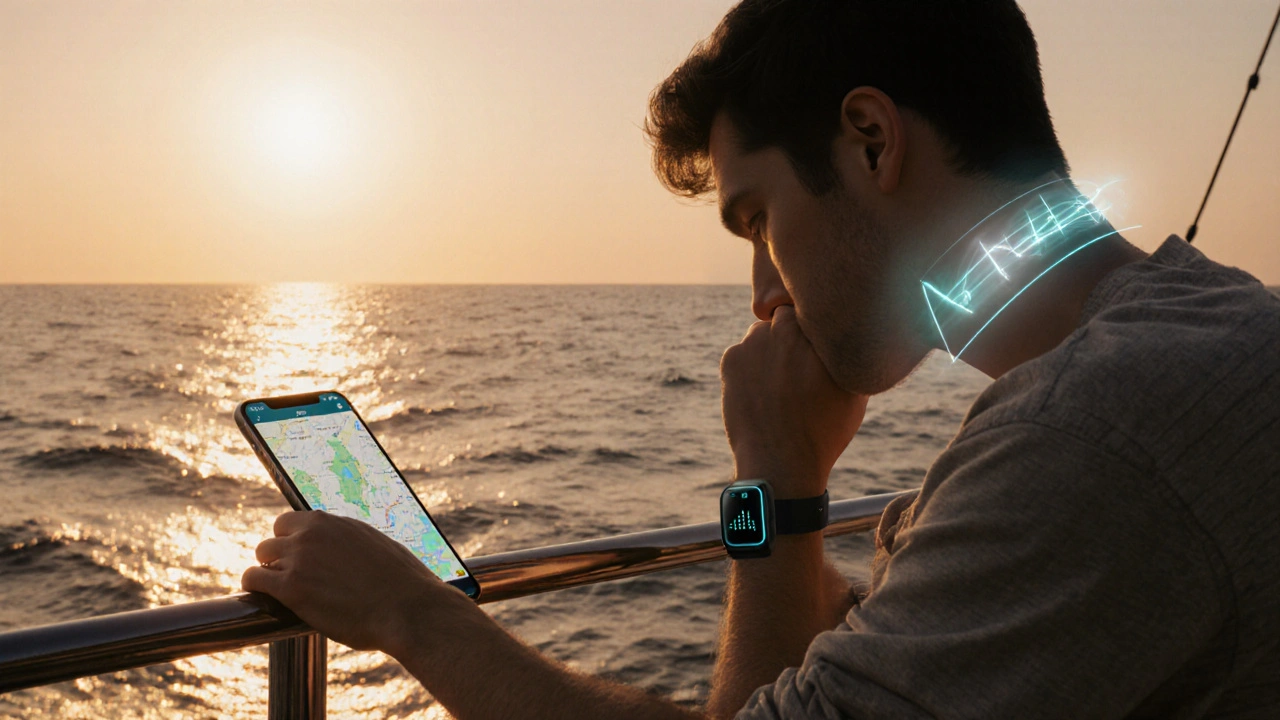Wearable Anti-Motion Devices: What They Are and Why They Matter
When working with Wearable Anti-Motion Devices, a class of wearable technology designed to detect and limit unwanted movement in the body. Also known as anti-motion wearables, they help users maintain stability, protect joints, and prevent falls.
One of the core pieces inside these gadgets is the motion sensor, tiny accelerometers and gyroscopes that constantly monitor body position and speed. Without accurate motion sensing, the device can’t decide when to intervene. Another essential component is balance assistance, software algorithms that interpret sensor data and trigger gentle counter‑forces through actuators or supportive braces. Together, they enable the device to react in real time and keep the wearer upright.
Key Components of Wearable Anti-Motion Devices
The hardware stack usually includes flexible straps, low‑profile batteries, and wireless modules that sync with smartphones. The software side relies on machine‑learning models trained on large motion datasets, so the system can differentiate normal activity from risky movements. When a sudden loss of balance is detected, the device may issue a vibration alert, tighten a support band, or even lock a joint to avoid injury. This closed‑loop process embodies the semantic triple: wearable anti-motion devices encompass motion sensors, require balance assistance algorithms, and influence fall‑prevention strategies.
Another related entity is the rehabilitation wearable, devices used in physical therapy to guide patients through safe movement patterns. While anti‑motion wearables focus on preventing harmful motion, rehab wearables aim to retrain muscles and improve proprioception. The overlap is clear: both rely on accurate motion detection and provide feedback that encourages safer behavior.
In practice, these systems show up in several scenarios: elderly users at home benefit from fall‑prevention alerts; athletes use them to protect joints during high‑impact training; post‑surgery patients wear them to avoid stressing healing tissues. By combining motion sensors, balance assistance, and rehab‑focused feedback, the technology creates a safety net that adapts to each user’s needs.
Below you’ll find a curated set of articles that dive deeper into the science, the latest device models, and tips for choosing the right solution for your lifestyle. Whether you’re a caregiver, a therapist, or just curious about how tech can keep you moving safely, the collection offers practical insights you can start using right away.
